Nowadays, with everything at our fingertips, we are able to capture every moment and share it with everyone on every social media platform that we are active on. Although some may feel like it’s excessive, personally, I am an advocate of this. Sharing our thoughts and moments is like having a personal photo diary for ourselves and even for all those family members who actually care about what we eat for brunch every Sunday.
[first_adsense]
Since the majority of us aren’t strapped with a professional camera at all times, most of these moments are captured with our smartphones. And let’s be real, it’s no easy feat to take a quality photo with those tiny, digital cameras. To be honest, I’m actually impressed with some of the cell phone pictures these days! But for the most part, I am baffled by what people think is Instagram or Facebook worthy. Is that a finished plate of food?! Is that a dog in the picture or is there a smudge on the lens?!
In an attempt to break up the monotonous and carbon copy photos that flood our social media channels, here are some helpful tips and tricks to make the most of those smartphone shots.
Play With Perspective
This is probably one of the most important aspects of photography. The ability to capture and play around with different perspectives can turn out some amazing photos. Even on a smartphone, amateurs or professional photographers can make a photo memorable and cool, or at least funny. When you learn perspective techniques, you can manipulate the photo to change the illusion of space and objects.
[offer]
Extra Tips:
Shoot from slightly above, choose an uncluttered background, have fun playing with optical illusions.
Look Toward the Light
The right lighting in a photo can make food look more appetizing, facial expressions more cheerful and environments more inviting. Natural lighting is best, so when shooting indoors go towards a window or door. Avoid backlighting unless you are going for a silhouette effect. And if you choose side lighting, it can give your subject more texture and depth. If you are shooting in low lighting, DO NOT use your camera’s flash. The flash on your camera is always too harsh; it makes everyone look yellow and is rarely helpful. That demon eyes/deer in headlights look? Nobody looks good like that.
[second_adsense]
Film photographer and blogger, Lexis Zenobia, used the photo app PICFX ($1.99) to help with her exposure related issues. She enhanced the photo to bring out the colors in the sunset sky, and also toned down the saturation on her face to minimize redness.
Extra Tips:
Try increasing your camera’s exposure or ISO in low light, neon signs or street lamps are good outdoors at night, avoid bright and direct sunlight.
Crop, Don’t Zoom
You know that digital zoom function on your phone’s camera app? It will probably serve you best if you pretend it doesn’t exist. Zooming and digital stretching affects the image quality. If you want a closer look, you can crop substantially and still have plenty of resolution left for display on the web. Or, if possible, move closer to the object you’re shooting for the best results.
[offer]
Extra Tip:
If you’re going for a macro shot, try spraying some water on your subject, it will catch the light and force your camera to focus.
Don’t Over Edit
Stop it with the filters! We are all guilty of over-filtering, but who wants to paint their photo with the same filter that literally millions of people are using? I’m all for Instagram, but those retro washes and “vignette” borders are more than played out. So, rather than just relying on default filters, try to play with the brightness, sharpness and saturation of your images. There are dozens of great photo editing applications available– most of them are free, but it’s never a bad idea to spend a few dollars to upgrade the quality of the memories you are documenting.
Here are some great apps for editing and taking your photos:
VSCO Cam, Camera Zoom FX, Camera+, Photo Editor by Aviary, Snapseed, PICFX, and PicsArt.
[offer]
Use the Rule of Thirds
This is something taken advantage of by many professional photographers, but us “amateurs” can definitely benefit from this technique! To apply this rule, imagine your screen being divided into squares by 3 equal vertical and horizontal sections (some cameras and apps have this built in, or you can apply it when taking your picture.) You have to place the important parts of your subjects on those lines and their intersections. This will create energy and interest in those areas.
Extra Tip:
Make sure to clean your lens regularly– your pocket or purse isn’t exactly the best at keeping your lens grime free.
Black and White, Oh So Right
I don’t care who you are or where you’re from, but there is nothing sexier than a really good black and white photo. No explanation needed.
[offer]
Extra Tip:
Need a good backdrop? Check out this great article on some DIY solutions to create a high-end backdrop for your photos.
Capture the Moment
Don’t forget that the best pictures are the result of being present in the moment by capturing movement and emotion. Posed pictures are great and all– I mean, who doesn’t love some quality cheese? However, being able to capture the moment will give you the best and most authentic results. Remember, great photography means being creative and having fun.
Professional photographer, Alex Mendoza, had this to say about how he approaches his photo shoots “I will often catch myself being torn between wanting to photograph, record, or enjoy the moment at hand, because yeah, I’m a tech addict.”
[offer]
Sometimes I have to put myself in check, and remind myself to step away from the lens and embrace the moment.
Need a pick-me-up? Check out this awesome, feel-good playlist!
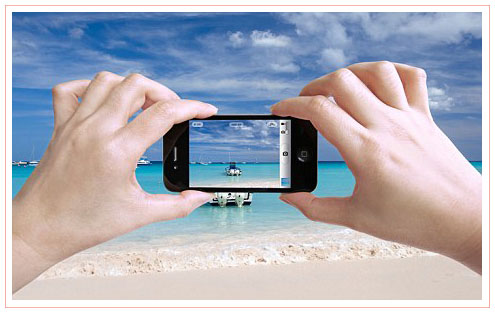
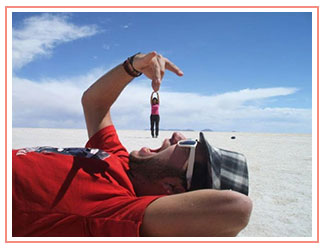
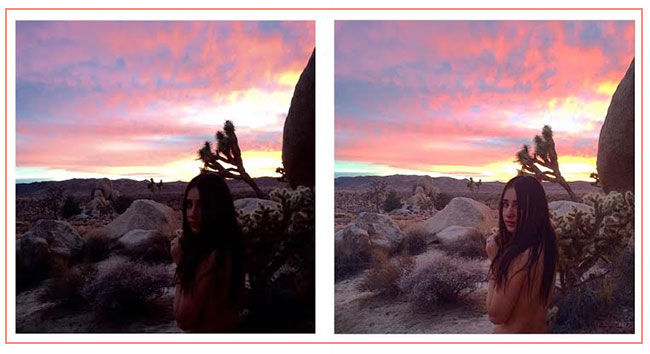
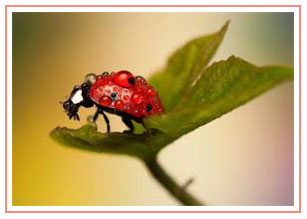
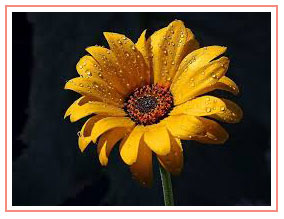
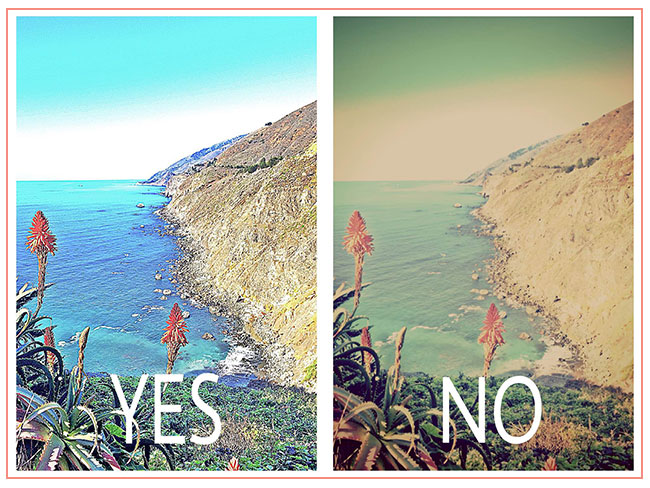
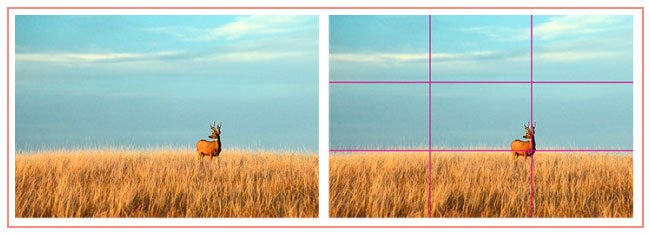
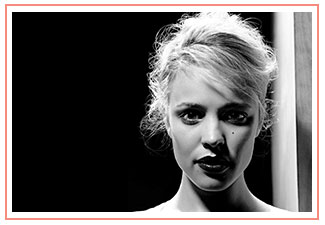
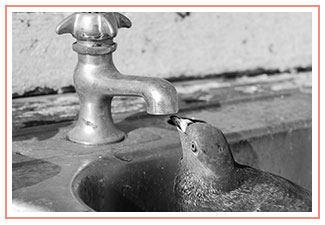


Leave a Reply